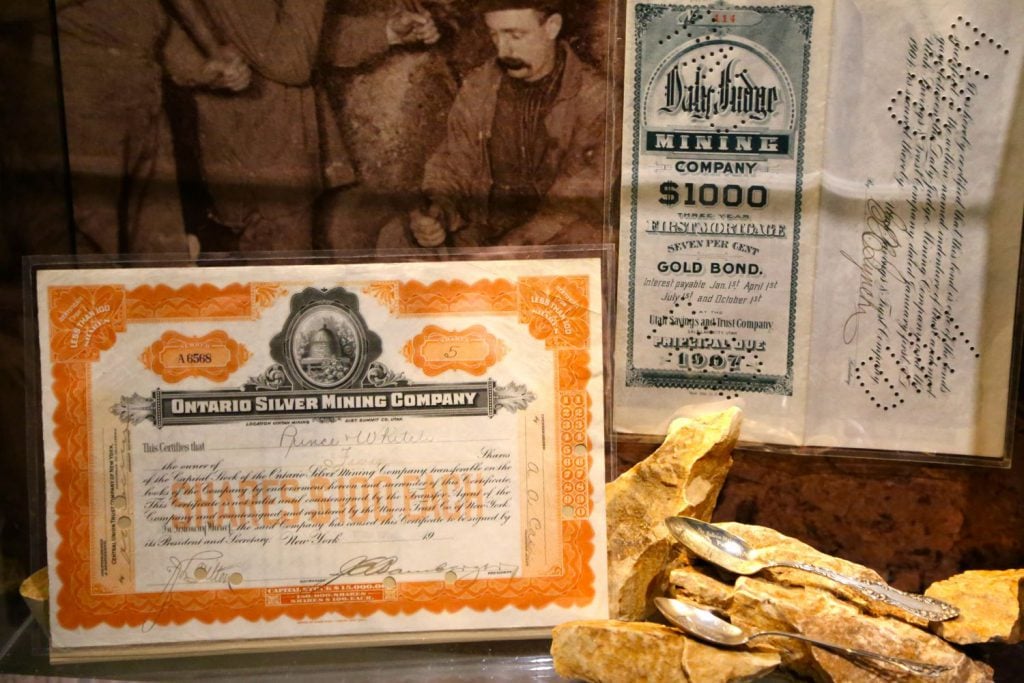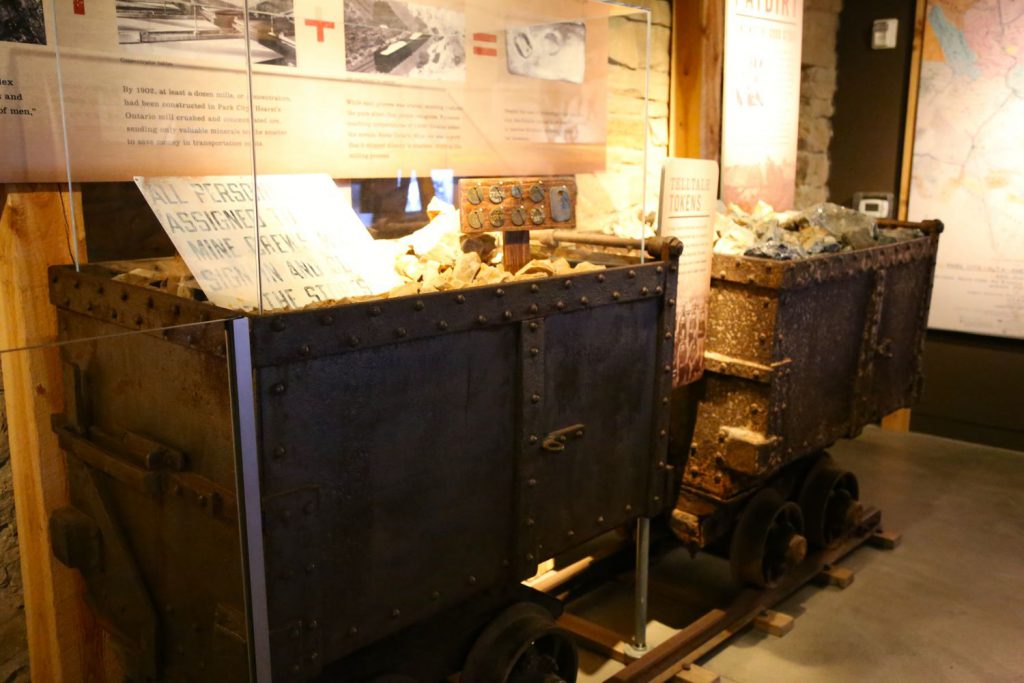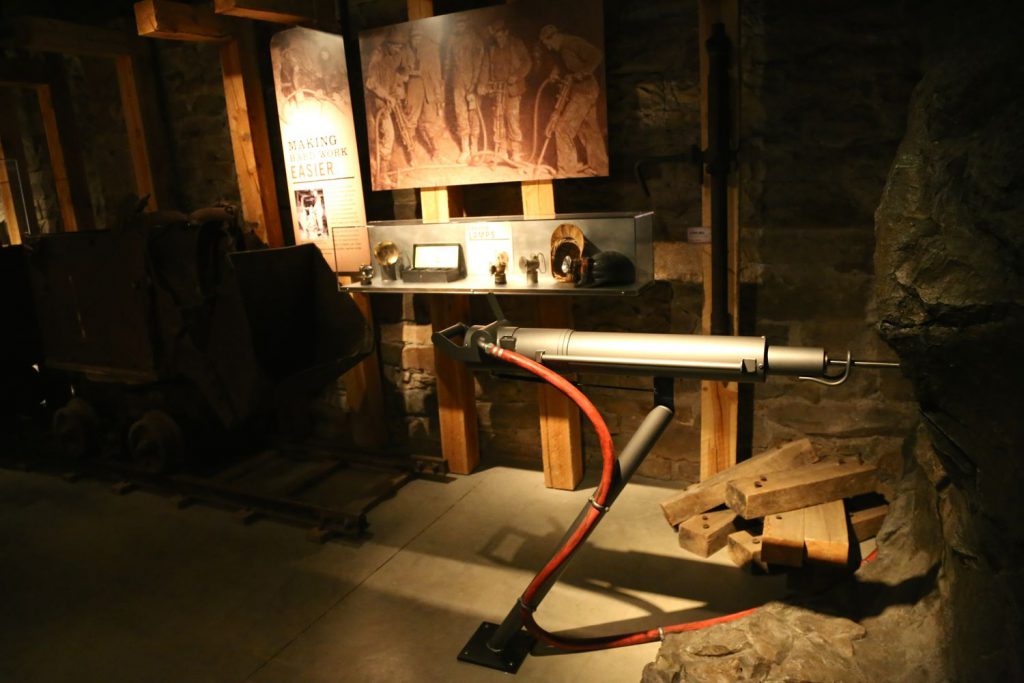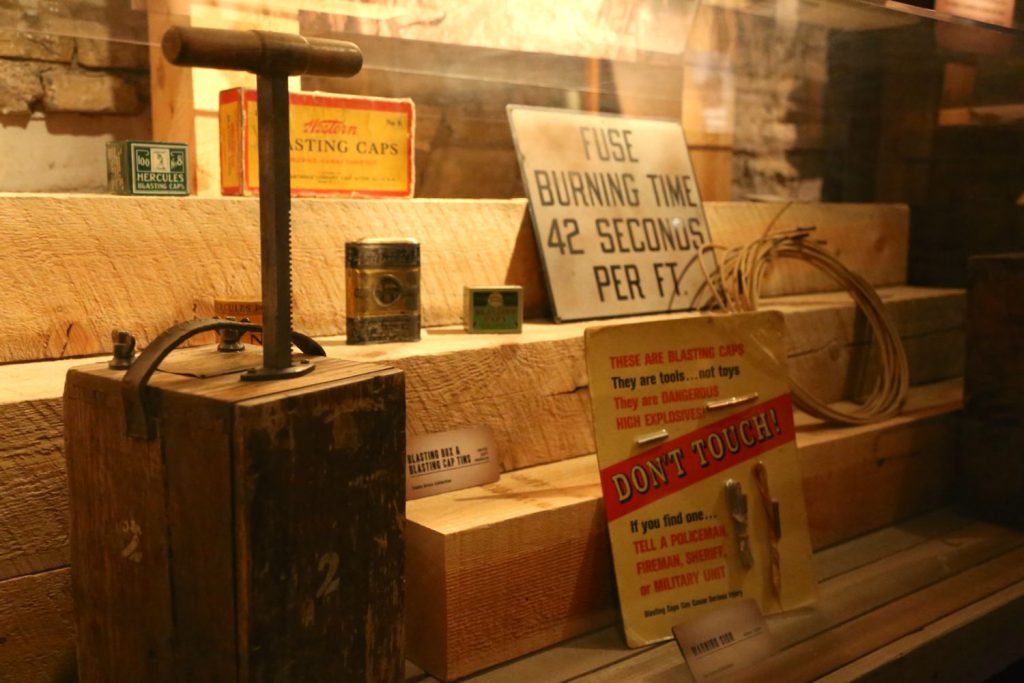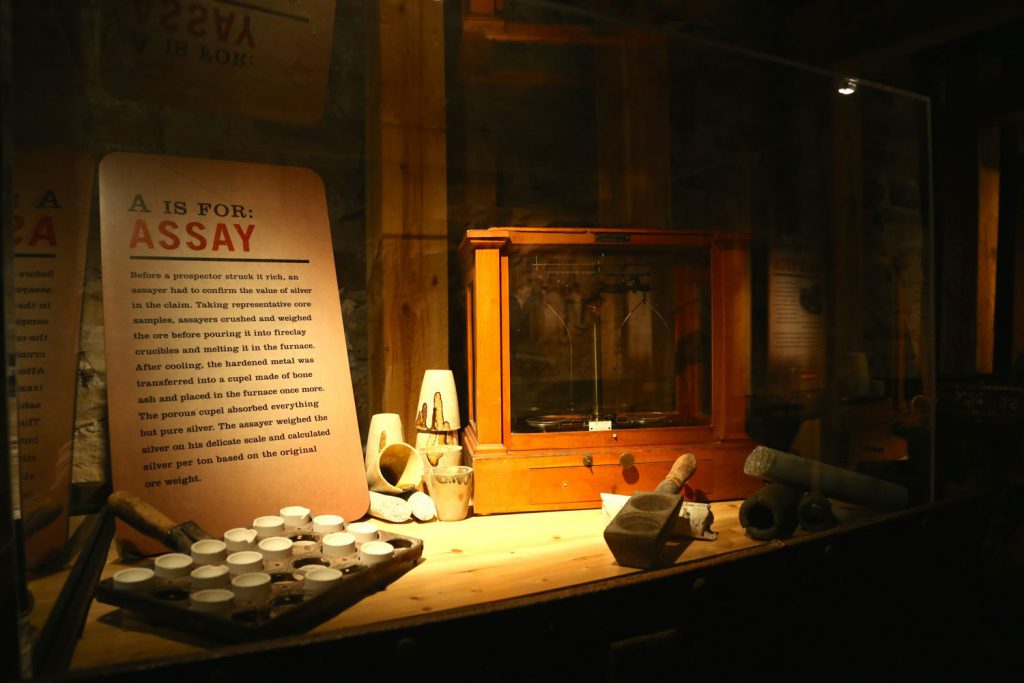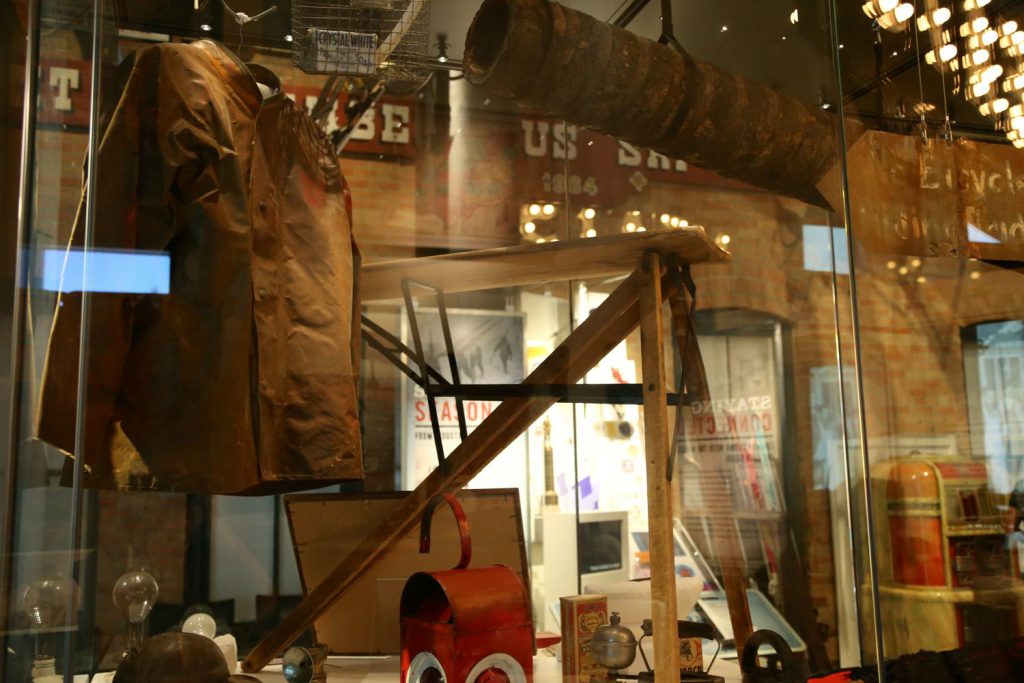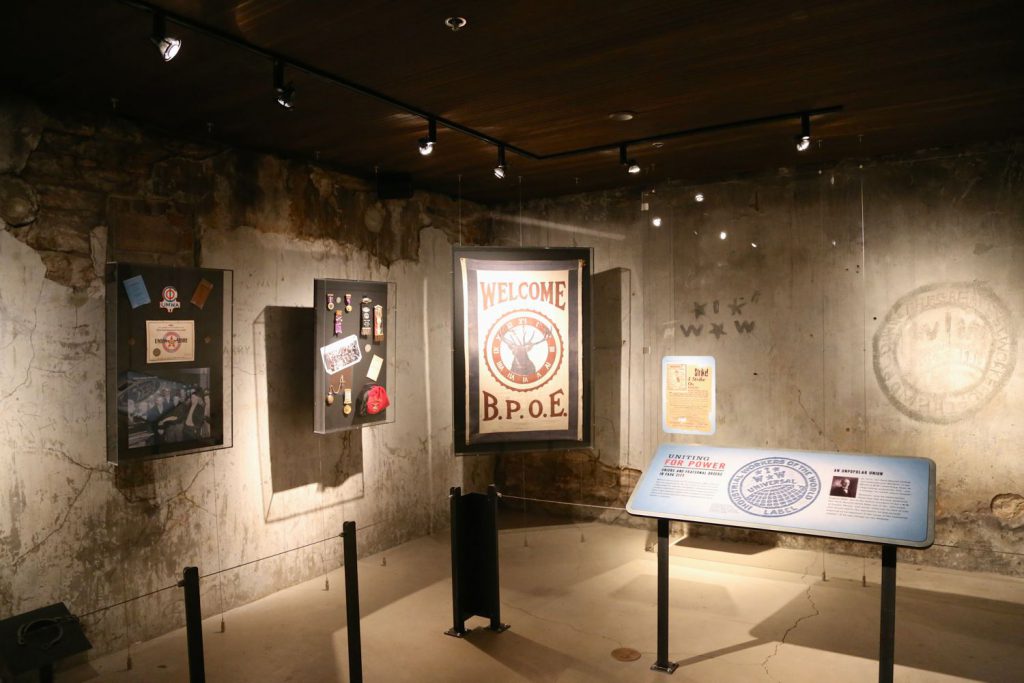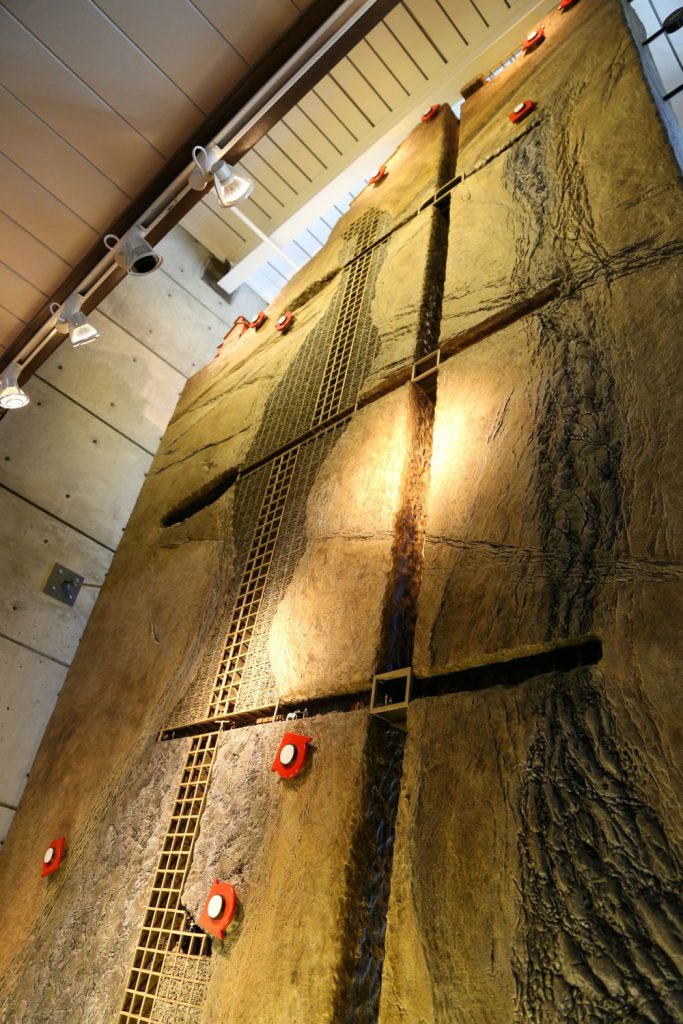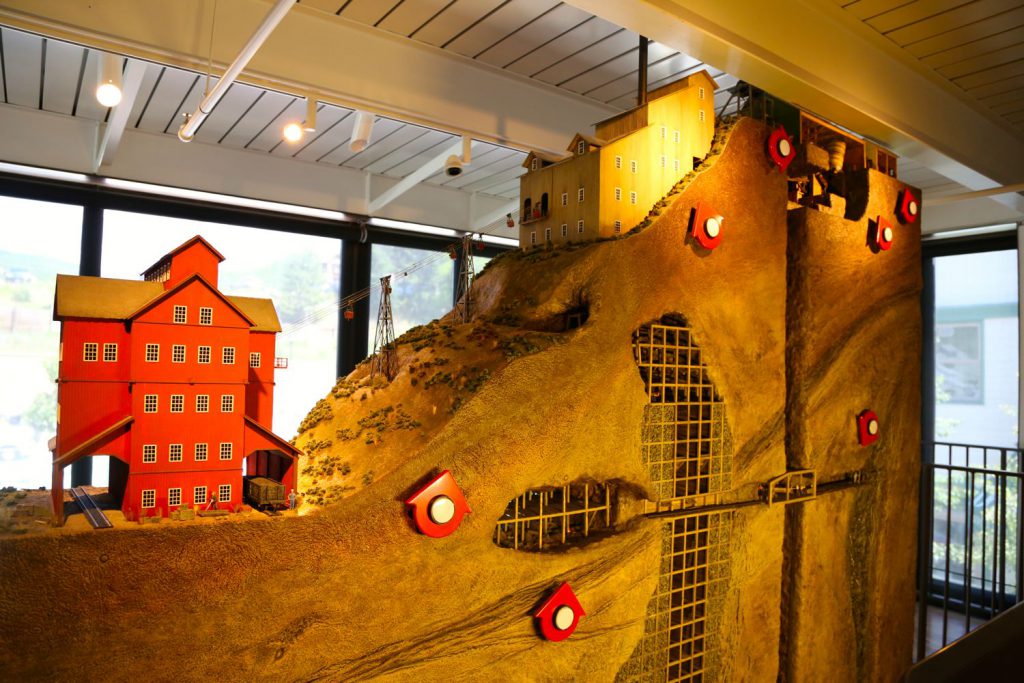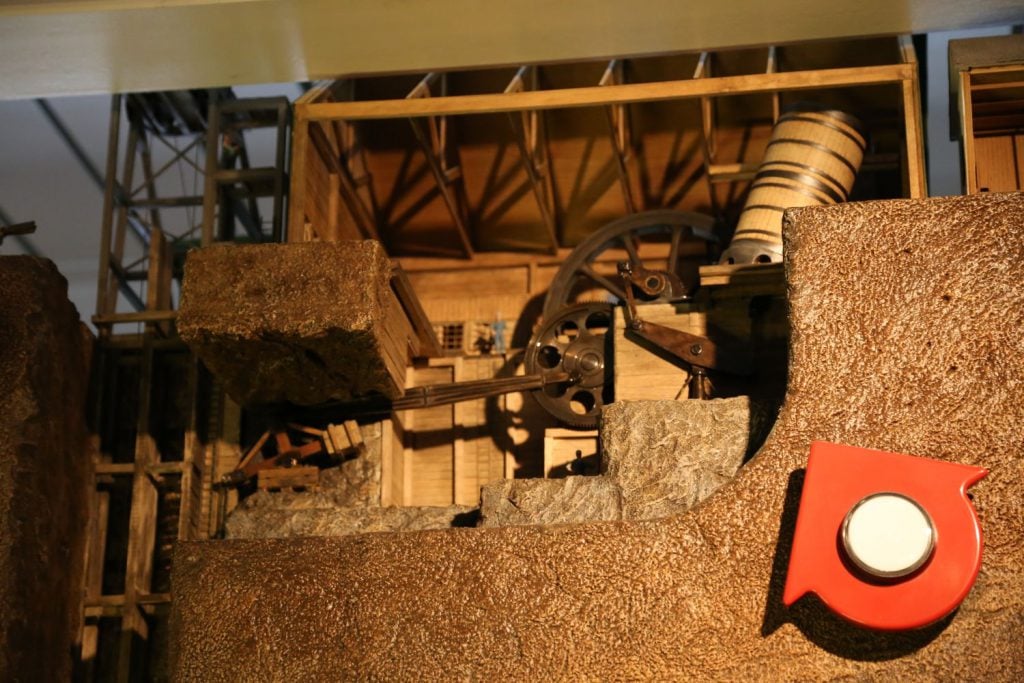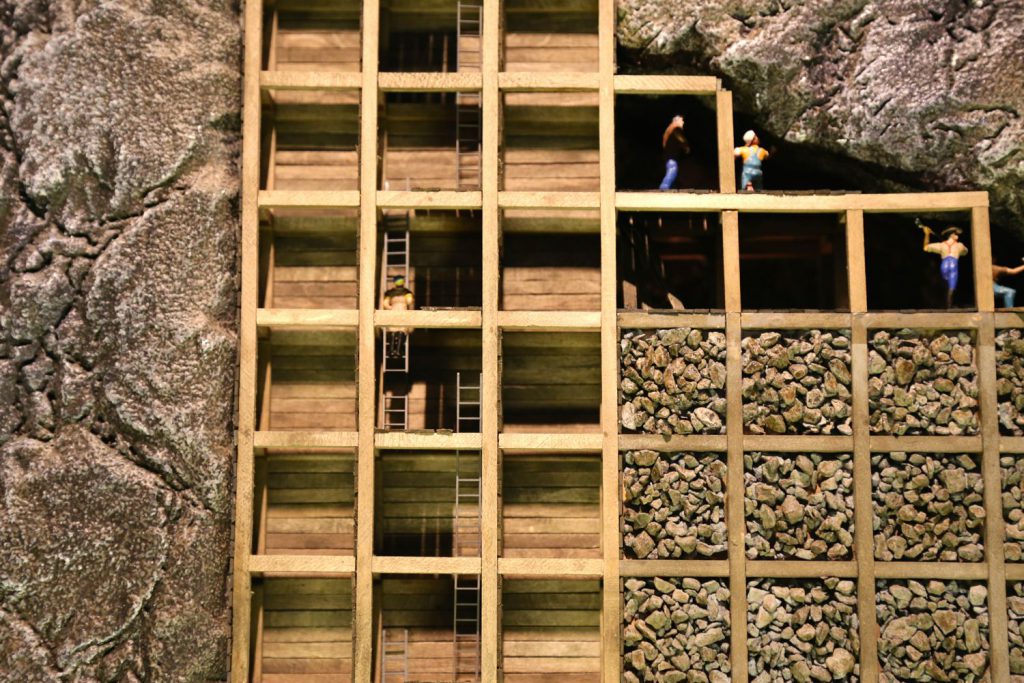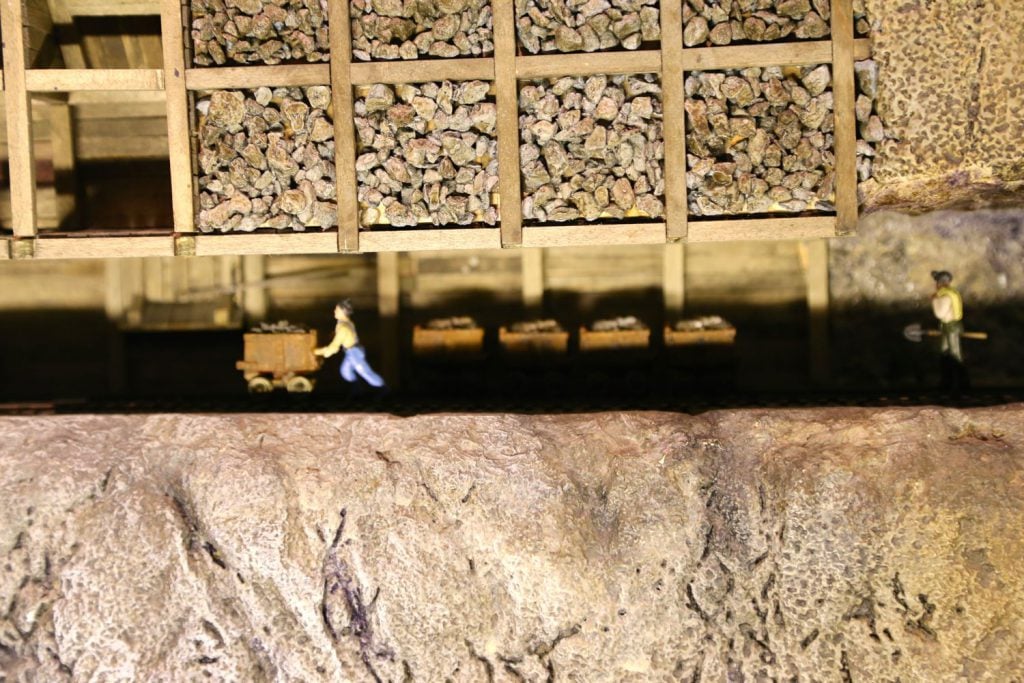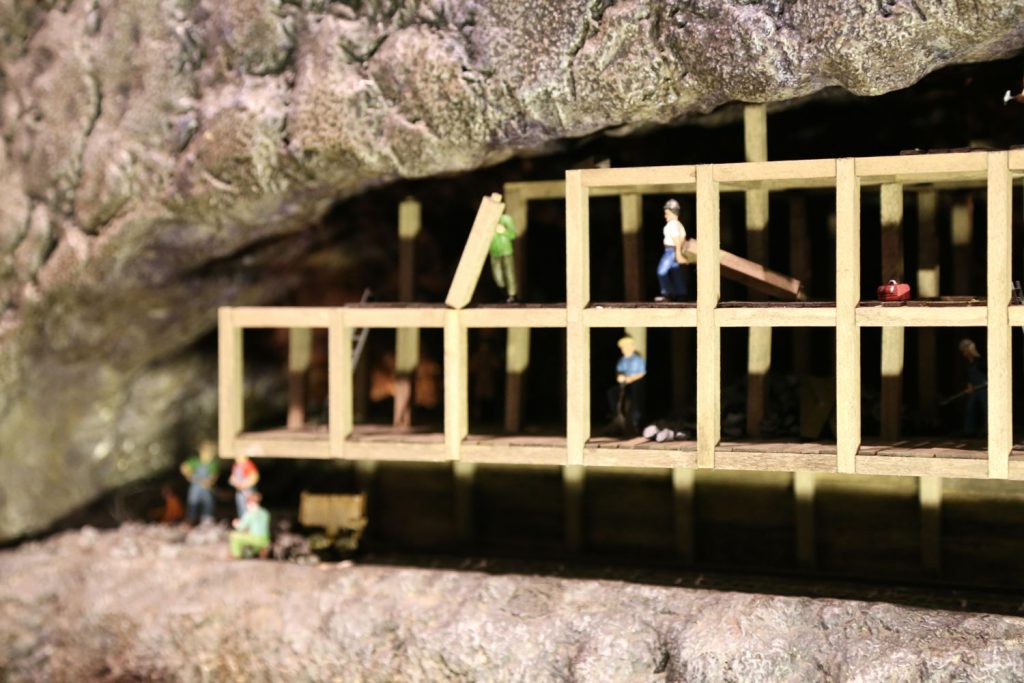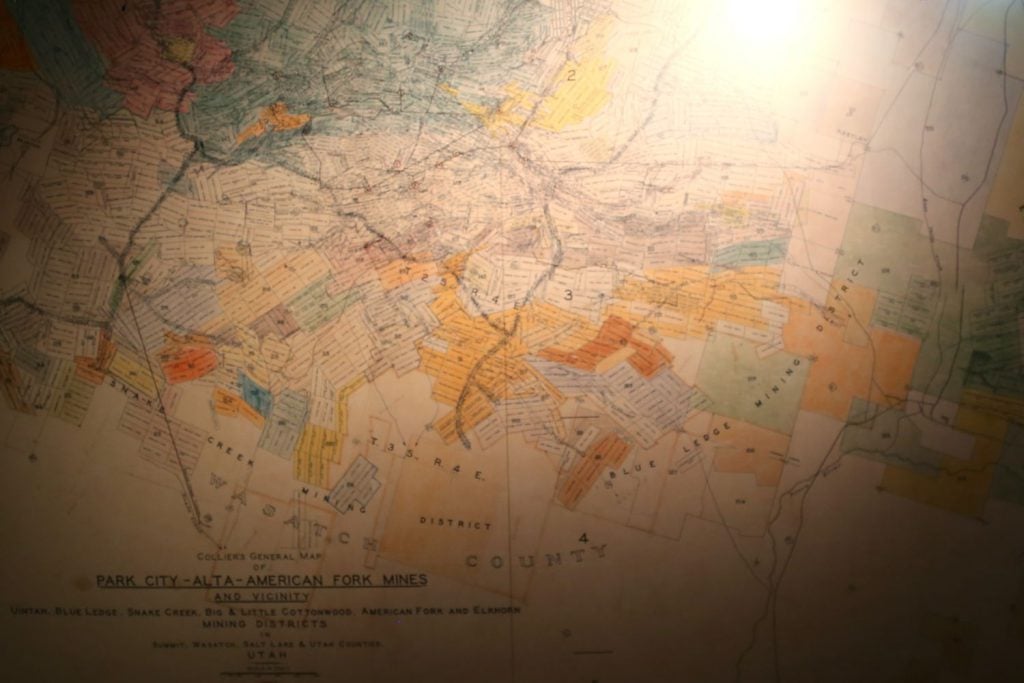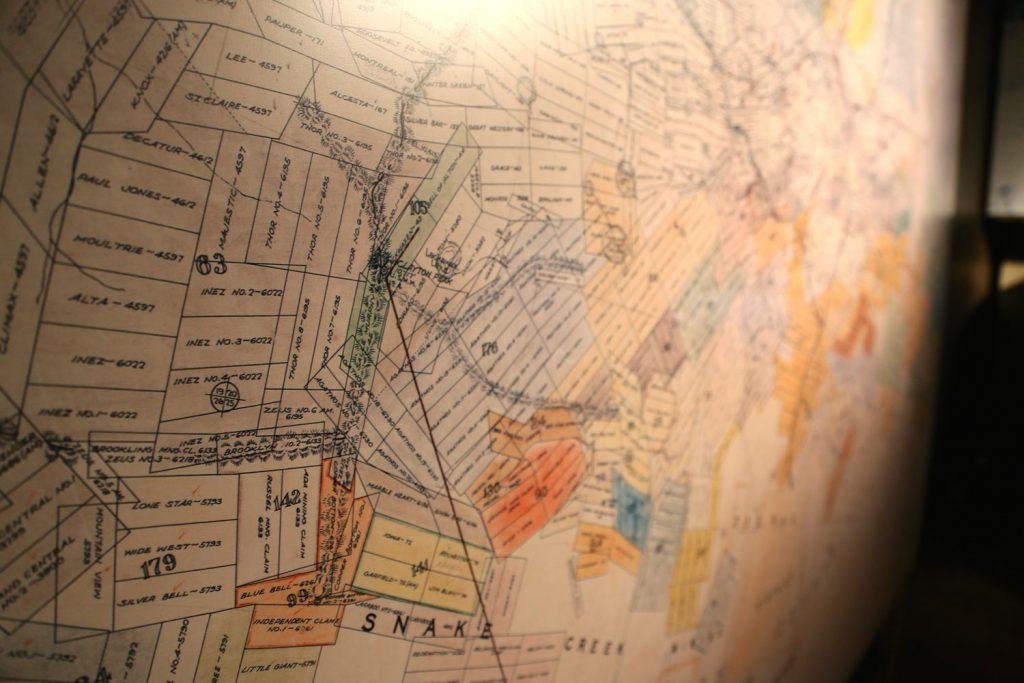While many fixate of gold, that is not to overlook that there have been many notable silver rushes. One particularly notable deposit, which fueled a mining industry from the 1860s to the 1950s was found in Park City, Utah. The Park City Museum commemorates the industry that established the city and set it as a lure for wealth and success.
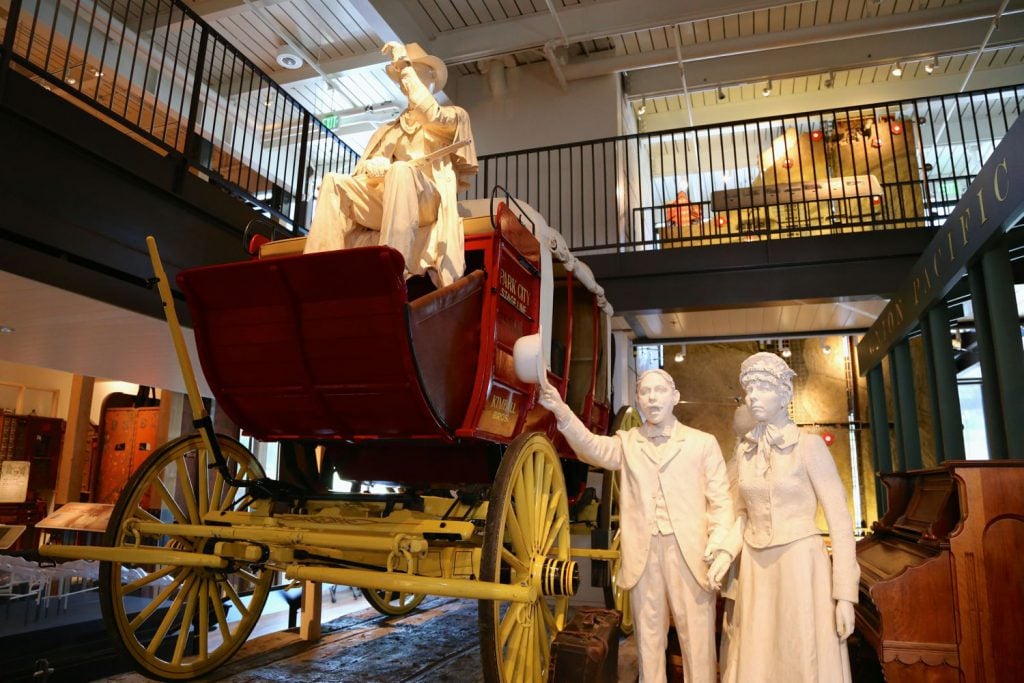
The Rush
Many will know Park City as the host of the annual Sun Dance Film Festival or the 2002 Winter Olympics. But before it was bustling with tourists, Park City was home to miners and massive silver operations. The city was originally named by a few farming families who had settled there before silver was discovered. When Colonel Patrick E. Connor was stationed nearby with a troop of soldiers—many with experience from the California gold rush—he encouraged his men to prospect in the area. Their eventual discovery of silver, gold, and lead in 1868 sparked a mining boom that flooded Park City. This first mine, named Flagstaff (10014897) –after the bandanna that was used to mark the initial discovery–initially yielded ore at 90 troy ounces per ton. At its height, Park City had as many as 300 mines in operation with over 1,000 miles of underground tunnels. In 1870, 3,000 people lived in Park City; by 1892, that number had increased to 7,000. Even when a massive fire destroyed most of the town in 1898, it was rebuilt and mining continued.
After World War II, depressed silver prices made the return on mining silver in Park City not enough to justify the cost. Mines gradually closed. It was the creation of a ski resort that saved Park City from joining the ranks of other silver fever ghost towns.
The Museum
While visitors to Park City can no longer visit the mines themselves, they can learn about the area’s mining history in the Park City Museum. Exhibits detail the silver rush that drew prospectors from around the world as well as the processes used in the Park City mines.
The People
While the wealth that came out of the mines was indisputable, little of it remained in Park City. Mining the silver in Park City was not for the solo prospector with his pick and pan. The silver deposits were deep underground and massive operations had to be developed to dig deep enough to access, collect, and process the silver. Most of the wealth that came out of these operations stayed with the owners and their investors. The miners or “muckers” were employees who worked the mine for a regular fee. While the muckers could expect to earn between $2.75 and $3.00, a good salary in those days, it was a drastic departure compared to the mine owners. Muckers lived near to the mines in Park City, with the dust and noise of active mills. While, the wealthy owners built their mansions in Salt Lake City. The museum explores the disparity between these two communities and their occasional conflicts.
The Mines
While there were many mines in operation at different times in Park City, one that receives particular attention is the Ontario Mine owned by George Hearst (Ontario Silver Mining Co. via The Land Patents). Discovered in 1871, the Ontario mine eventually became the deepest mines in Utah with tunnels spanning over 50 miles. The mine is considered to have yielded the most consistent annual dividends in the late 19th century than any other mine in the area. It took three years, however, to begin a flow of revenu yet, in the end, Hearst had netted $12 million in dividends from the mine.
Of special note is the two story interactive Mega Mine. This scale cross section depicts a mining operation from the surface structures to the deep and complex passages and structures drilled beneath the surface.
Related Gold Mining Claims
- Township 0020S 0040E
- Summit County, Utah
From Our Sister Site The Land Patents
- Township 0020S 0040E – Location of the original Flagstaff Mine and many others.
- Mining patents held by George Hearst:
- Claims held by the Ontario Silver Mining Co.
References
- The Park City Museum website [http://parkcityhistory.org/]

